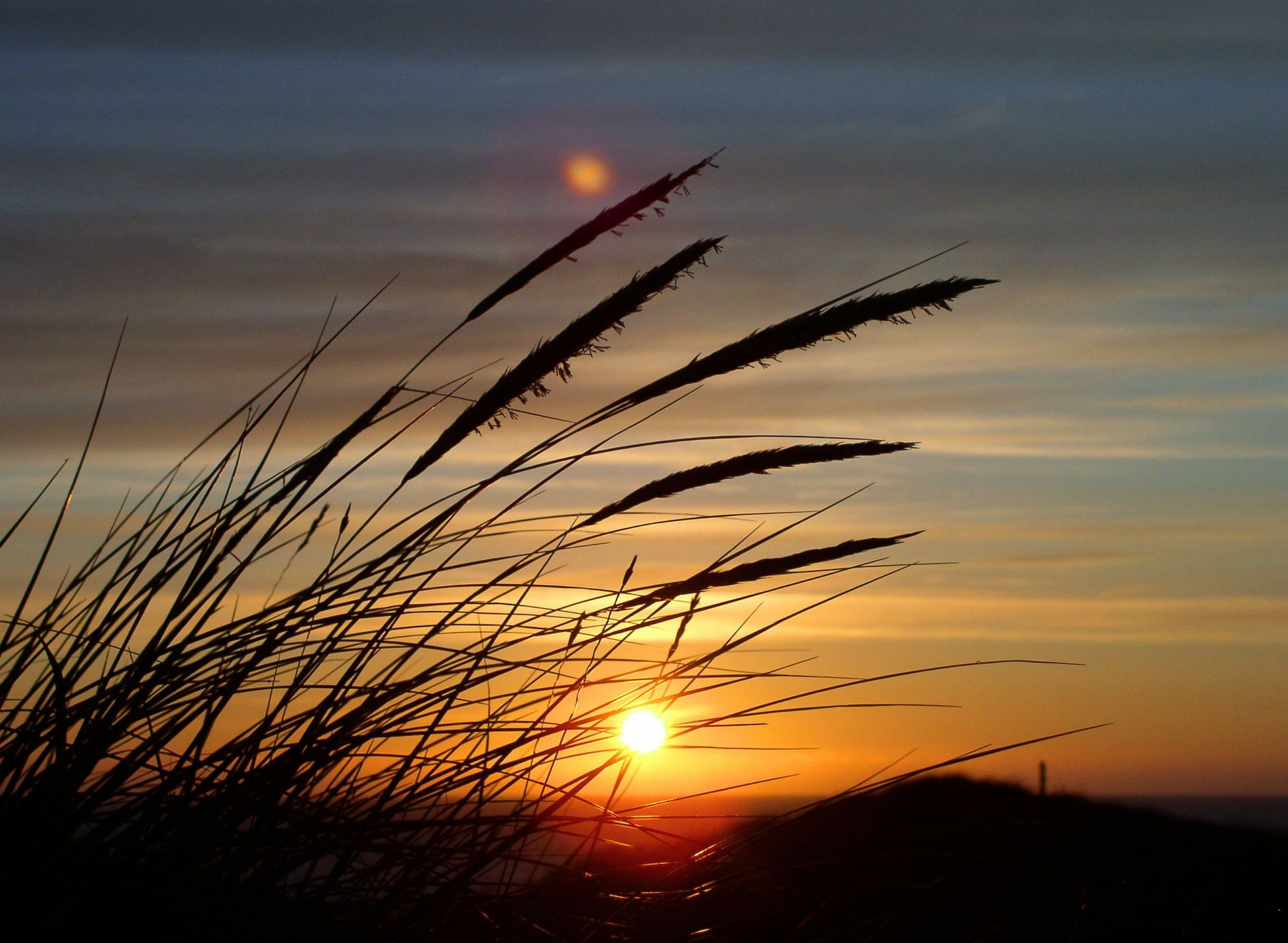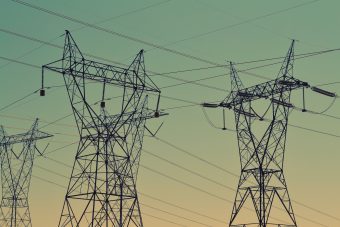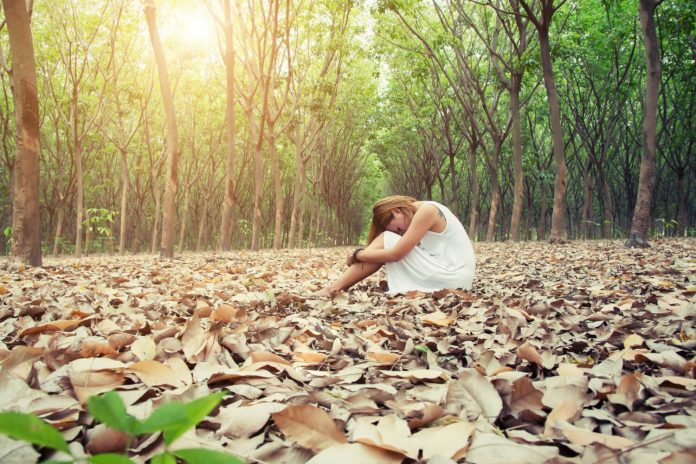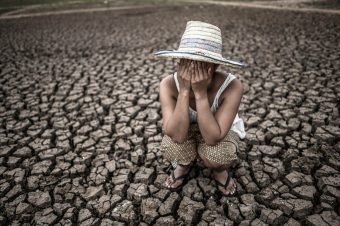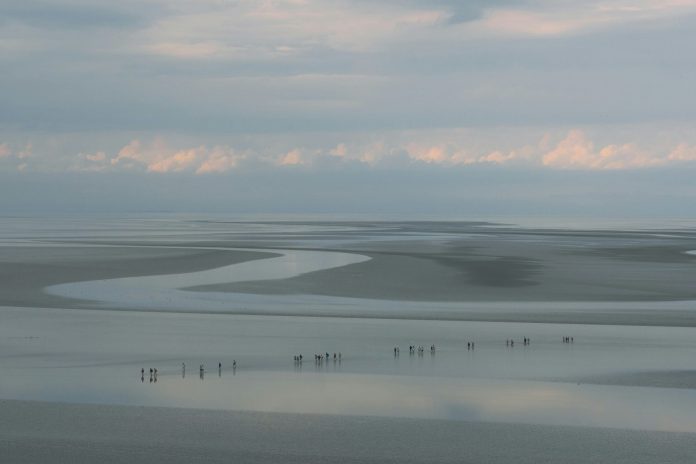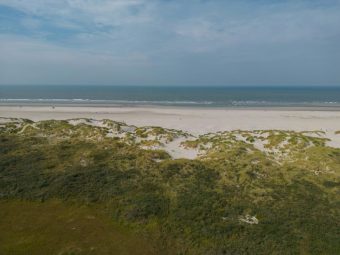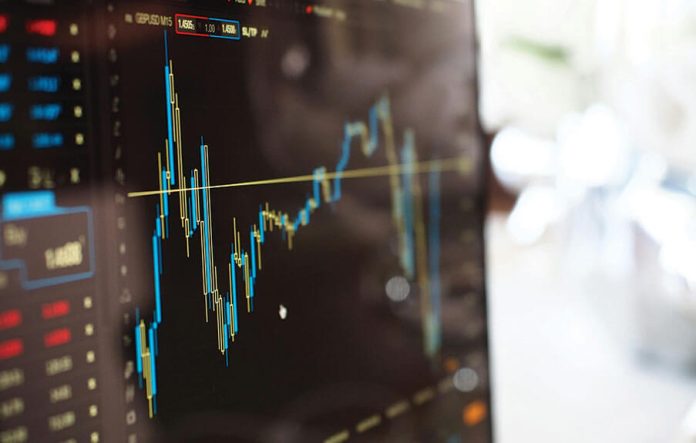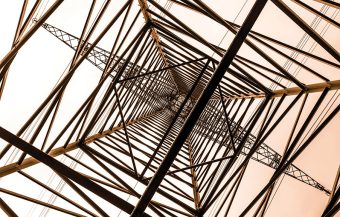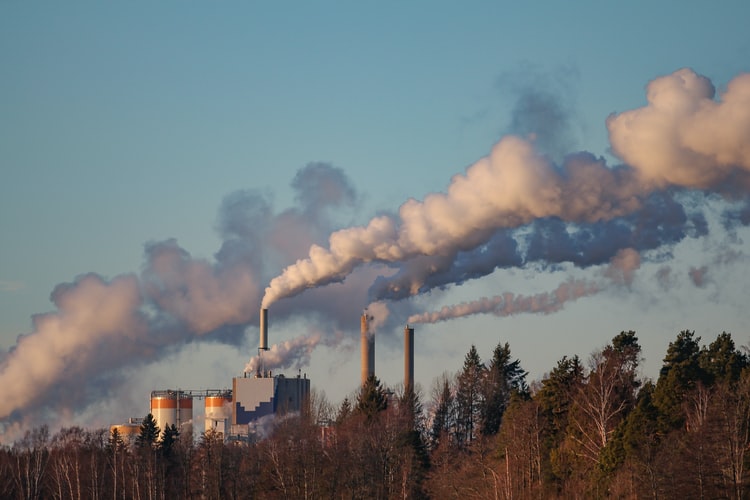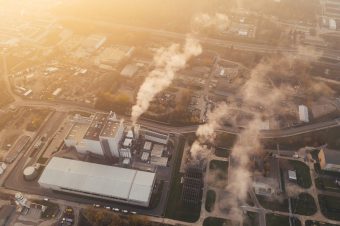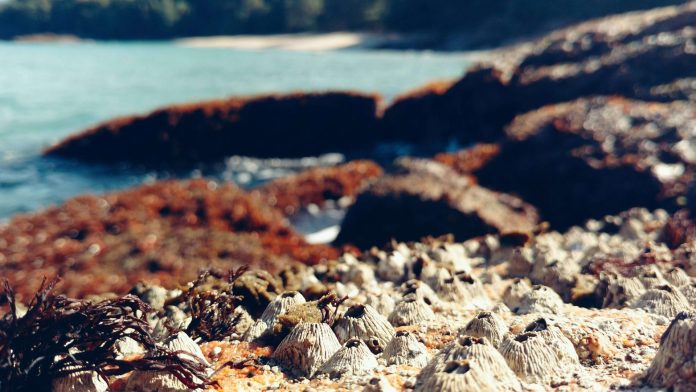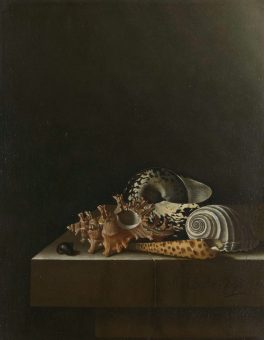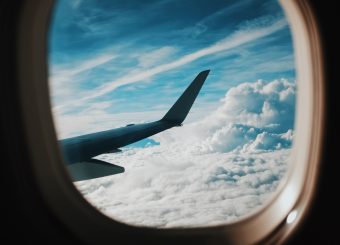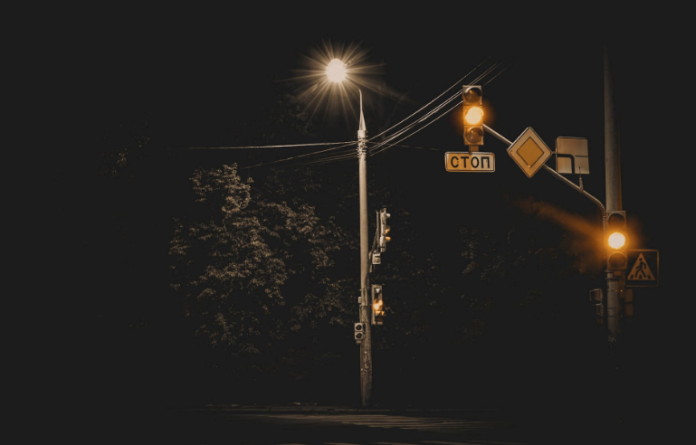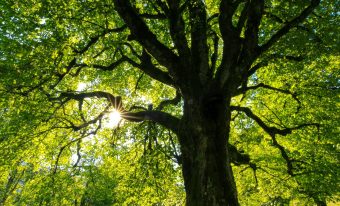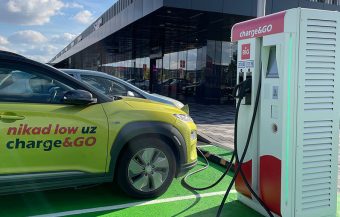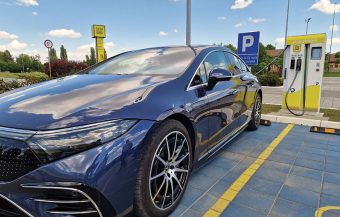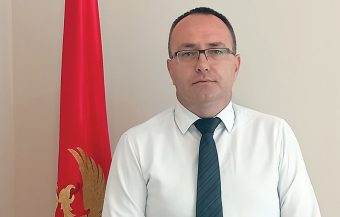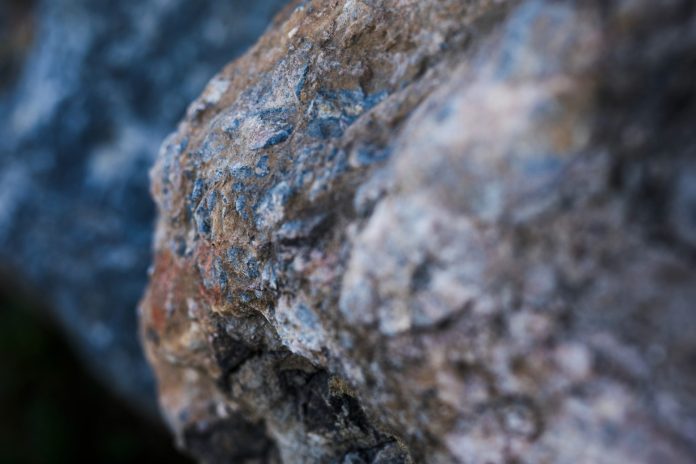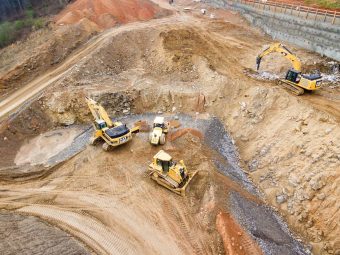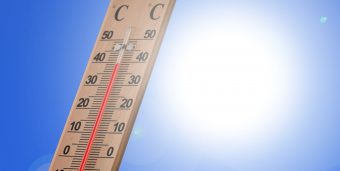
Extreme heat hit hundreds of millions of people throughout July, with a domino effect felt right across society. July was one of the hottest – if not the hottest – month on modern record, and the world’s hottest day was registered – yet another unwelcome indication of the extent that greenhouse gases from human activities are changing our climate.
Global average temperatures for at least 13 consecutive months set new monthly records.
According to the US National Oceanic and Atmospheric Administration, July 2024 was the warmest July on record for the globe in NOAA’s 175-year record and 0.03°C (0.05°F) warmer than July 2023 and “more likely than not the warmest month on record for the globe since 1850.”
July 2024 was the second warmest month globally and the second warmest July in the ERA5 data record of the European Union’s Copernicus Climate Change Service. It was just 0.04°C lower than the previous high set in July 2023.
The differences between the datasets are so minor that they are within the statistical margin of error used to calculate global temperatures. WMO combines six international datasets for its climate monitoring, including ERA5 and NOAAGlobalTemp.
The prolonged and intense heat underlines underlines the urgency of the Call to Action on Extreme Heat issued by UN Secretary-General António Guterres, who said that “Earth is becoming hotter and more dangerous for everyone, everywhere.”.
“Widespread, intense and extended heat waves have hit every continent in the past year. At least ten countries have recorded daily temperatures of more than 50° C in more than one location. This is becoming too hot to handle,” said WMO Secretary-General Celeste Saulo.
“Death Valley in California registered a record average monthly temperature of 42.5 °C (108.5 °F) – possibly a new record observed for anywhere in the world. Even the remote frozen ice sheets of Antarctica have been feeling the heat,” she said.
“The WMO community is committed to responding to the UN Secretary-General’s Call to Action with better heat-health early warnings and action plans. Recent estimates produced by WMO and the World Health Organization indicate that the global scale-up of heat health-warning systems for 57 countries alone has the potential to save an estimated 98,000 lives per year. This is one of the priorities of the Early Warnings For All initiative,” said Celeste Saulo.
“Climate adaptation alone is not enough. We need to tackle the root cause and get serious about reducing record levels of greenhouse gas emissions ,” said Celeste Saulo.
NOAA Data
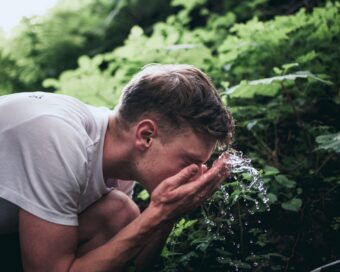
NOAA said that July 2024 was the 14th consecutive month of record-high global temperatures. This breaks the longest record warm global temperature streak in the modern record (since 1980) previously set from May 2015—May 2016.
Climatologically, July is the warmest month of the year. As the warmest July on record, July 2024 was more likely than not the warmest month on record for the globe since 1850. The past ten Julys have been the warmest Julys on record.
The global land-only July temperature also was warmest on record at 1.70°C (3.06°F) above average. The ocean-only temperature was second-warmest at 0.98°C (1.76°F) above average, ending a streak of 15 consecutive monthly record highs that stretched from April 2023—June 2024, according to NOAA.
Copernicus Climate Change Service
Globally, 22 July was the hottest day, and 23 July was a virtual tie, in the reanalysis dataset (ERA5) from the Copernicus Climate Change Service (C3S), which is implemented by the European Centre for Medium Range Weather Forecasting (ECMWF).
The daily global-average temperature reached 17.16°C and 17.15°C in ERA5 on 22 and 23 July. Given the small difference, similar to the level of uncertainty in the ERA5 data, it is not possible to say which of the two days was the hottest with complete certainty, said C3S.
The ERA5 reanalysis dataset uses billions of measurements from satellites, ships, aircraft and weather stations around the world. It is one of six international datasets used by WMO for its climate monitoring and annual State of the Climate reporting.
C3S compared ERA5 with other reanalyses, the uncertainty for day-to-day or year-to-year temperature changes is estimated to be well below the 0.07°C difference found between 6 July 2023 (previous hottest day) and 22/23 July 2024, and multiple datasets are in agreement on the periods of the record temperatures in 2016, 2023 and 2024.
The reasons for the spike in high temperatures is being analysed.
According to the Copernicus Climate Change Service, one of the contributing factors was much above-average temperatures over large parts of Antarctica, with anomalies of more than 10°C above average in some areas, and above average temperatures in parts of the Southern Ocean.
Although natural climate variability can play a role, such big temperature anomalies are unusual. It is the second such heatwave to hit the continent in the last two years and a similar heatwave contributed to the record global temperatures in early July 2023. The Antarctic daily sea ice extent in June 2024 was the second lowest on record, after 2023, according to the US National Snow and Ice Data Center.
More:
- How Extreme Temperatures Affect the Global Economy and Workers’ Health
- Hottest May on Record Spurs Call for Climate Action
- Tropical Cyclone Freddy is the Longest Tropical Cyclone on Record at 36 days: WMO
At a Glance
Detailed below are some selected noteworthy observed extreme temperatures in July. Note that details of all the impacts are not included since this necessitates a more extensive analysis, and the impacts of heat on human health, in particular, are widely underreported.
Asia
Japan’s monthly average temperature in July was the highest in the instrumental record back to 1898 (2.16 °C warmer than Japan’s July 1991-2020 average), beating the record set last year. Severe heat is expected to continue across the country for August. In recent days maximum daily temperatures climbed to above 38 °C in many weather stations, and the monthly average temperature at 62 of the 153 meteorological stations nationwide was the highest ever recorded for July, according to the Japan Meteorological Agency. It advised people to pay attention to temperature forecasts and heatstroke alerts, and take appropriate steps to prevent heatstroke.
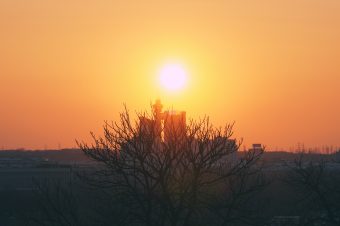
China – July was the warmest month on record (comprehensive data since 1961).
The heat continues in August, with maximum daily temperatures above 40 °C in many places of eastern China, according to the China Meteorological Administration.
India had its second warmest July on record, with minimum overnight temperatures being the warmest on record (since 1901), according to the India Meteorological Department.
Pakistan and the Islamic Republic of Iran both suffered repeated heatwaves, with the latter forced to close schools because of the heat.
Bahrain recorded its hottest July on record (since 1902), with a mean monthly temperature of 37.4°C, or 2.3°C above the long-term normal for July.
Africa
During July, Morocco experienced two consecutive heatwaves with record temperatures. The second heatwave, from 22 to 25 July, was particularly intense, reaching 41.7°C in Nouasseur and 47.6°C in Marrakech. Chefchaouen broke its July temperature record with 43.4°C on 19 July 2024.
This followed an unusually cool start to the month. The sudden contrast between cool temperatures and extreme heat intensified the heat stress on residents.
Europe
Many areas of the Mediterranean and Balkans were gripped by extended heatwaves in July, causing casualties and impacting public health. A rapid attribution study by scientists in World Weather Attribution said that the Mediterranean heatwave – Greece, Italy, Spain, Portugal, France and Morocco – would not have occurred without human induced climate change
Several countries including Greece, Hungary, Slovenia, Croatia and Bulgaria reported the warmest July on record. The last 4 years have recorded 3 of the 4 warmest July months for Greece in at least 80 years.
In Spain, Barcelona’s Fabra Observatory , officially recognized as a centennial long-term observation station by the WMO, registered a new record maximum temperature of 40.0 ºC.
France did not experience an exceptional month overall, but did see its first heat wave of the year at the end of the month, impacting the well-being of athletes and spectators at the Paris Olympics.
North America
In the United States of America, about 165 million people (half the US population) were under heat alerts on 1 August, according to the heat.gov website. During the past 30 days, more than 80 temperature records were set, according to the US National Atmospheric and Oceanic Administration.

An average monthly temperature of 42.5 °C was measured at Furnace Creek/Death Valley which is a record for the site and possibly the world. WMO does not make systematic formal evaluation of in situ monthly average temperature, such as for the daily extreme temperatures. However, WMO Weather and Climate Extremes rapporteur Randall Cerveny, said that the record appeared to be reasonable and legitimate.
Death Valley is considered the hottest place on earth, the highest daily temperature 56.7 °C (134 °F) was observed there on 10 July 1913, according to the WMO Weather and Climate Extremes Archive.
On 1 August, Las Vegas set a new record of 43 consecutive days with maximum temperature of 105 °F (40.5 °C) or higher (the previous record was 25 days back in 2017).
On 2 August, there were 94 large active wildfires nationwide in the USA. Year-to-date wildfires have burned 4 489 028 acres (1 816 645 hectares), about 800 thousand acres more area than the 10-year average in 2014-2023 period.
Hot and dry conditions, coupled with lightning, contributed to the fires. As of 3 August, 829 fires actively burned in Canada, including more than 250 out of control. British Columbia and Alberta were especially affected, according to the Canadian Interagency Forest Fire Centre. In British Columbia more than 800 thousand hectares already burned in 2024, amost double the 20-year average. The top years all occurred since 2017 in this province.
South America
In the South American winter, some countries recorded temperatures more typical of summer. Temperatures above 30 °C, and even above 35 °C, in parts of Bolivia, Paraguay, southern Brazil, Uruguay, northern Argentina are unusual for this time of the year, with anomalies up to 10 °C, and sometimes even higher. Copernicus Atmospheric Monitoring Service said that Bolivia and Brazil’s Amazon face unprecedented fire activity.
By contrast, during first half of July, unusual cold affected some parts of the continent. In southern Peru, heavy snow collapsed many houses and buildings. The cold weather also led to deaths reported in Argentina and Chile. Cold temperatures, down to -6 °C on 9 July, also affected southern Brazil and Uruguay.
Source: WMO

